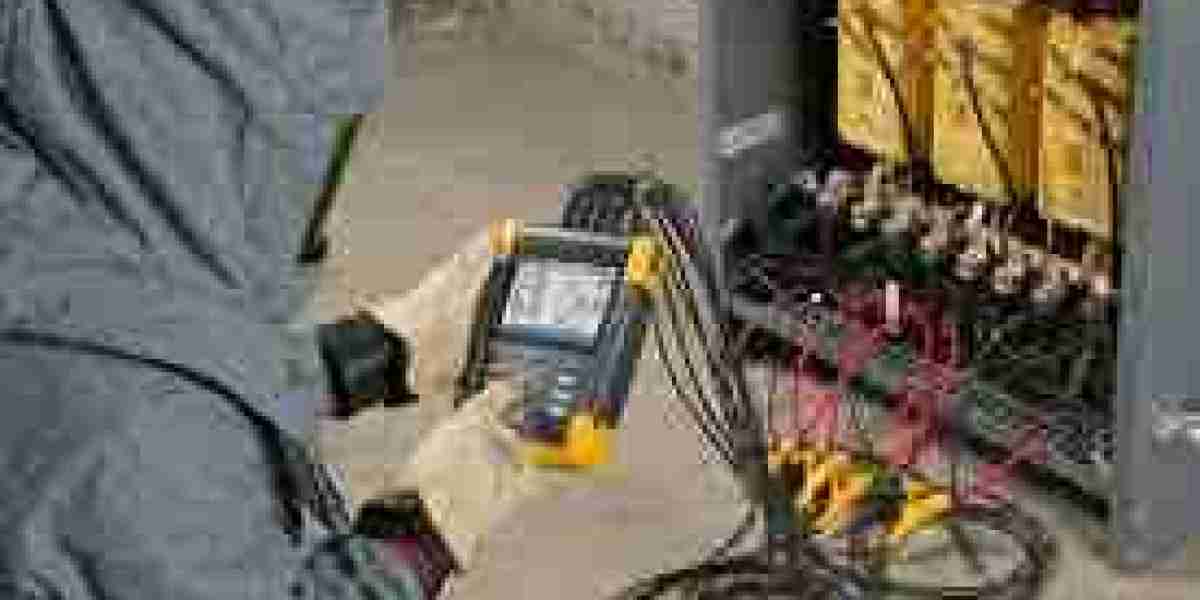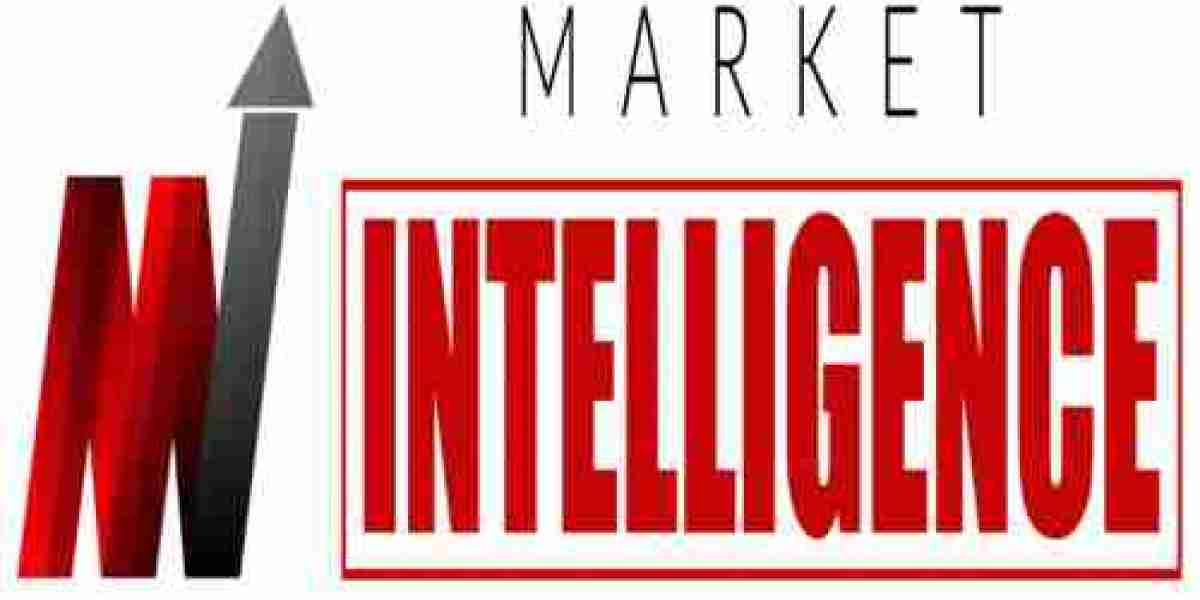The global power quality equipment market is undergoing significant development as industries, utilities, and infrastructure sectors face growing demands for uninterrupted, stable, and efficient power supply. Power disturbances such as voltage sags, swells, harmonics, and surges can severely disrupt operations, damage sensitive equipment, and lead to costly downtime. As the world embraces renewable energy, industrial automation, and smart grid technologies, the need for advanced power quality solutions is greater than ever. Ongoing market development is focused on enhancing reliability, efficiency, and resilience across energy systems.

Current State of Market Development
Power quality equipment encompasses a broad range of solutions designed to maintain electrical stability and protect systems from power disruptions. This includes:
Uninterruptible Power Supply (UPS) systems
Voltage regulators and power conditioners
Harmonic filters and compensators
Surge protection devices
Power factor correction equipment
Power quality monitoring and management systems
Market development is accelerating as organizations recognize the crucial role these technologies play in ensuring operational continuity, minimizing energy losses, and integrating renewable energy sources into power grids.
Key Drivers Behind Market Development
Several factors are contributing to the rapid development of the power quality equipment market:
1. Rise of Industrial Automation and Digital Infrastructure
Industries worldwide are embracing automation, robotics, and digital control systems to boost productivity and efficiency. However, these advanced systems are highly sensitive to voltage fluctuations, harmonics, and other power disturbances.
The need for stable, high-quality power is driving demand for sophisticated power quality equipment that can safeguard operations and extend equipment lifespan. Market development is focused on creating smart, adaptable solutions that cater to modern industrial environments.
2. Renewable Energy Integration and Grid Complexity
The global shift toward renewable energy sources such as solar and wind introduces variability and challenges to grid stability. As renewable penetration increases, so does the need for advanced power quality solutions to manage voltage regulation, harmonic suppression, and frequency stability.
Market development is heavily centered on creating equipment that facilitates seamless renewable energy integration while ensuring grid reliability.
3. Grid Modernization and Energy Infrastructure Investment
Aging electrical infrastructure and growing energy demand are prompting governments and utilities to invest in grid modernization projects. Smart grids, microgrids, and distributed energy resources require advanced power quality management to operate efficiently.
The market is developing rapidly as new technologies emerge to support these modernization efforts, ensuring consistent power quality across complex energy networks.
4. Emphasis on Energy Efficiency and Cost Reduction
Businesses are increasingly focused on optimizing energy consumption, reducing operational costs, and meeting sustainability targets. Poor power quality contributes to energy losses, equipment inefficiencies, and increased maintenance expenses.
The development of energy-efficient power quality solutions, such as active harmonic filters and intelligent monitoring devices, is enabling organizations to enhance system performance and lower energy costs.
Technological Innovations Driving Market Development
Rapid advancements in technology are reshaping the power quality equipment market. Key areas of development include:
IoT and Smart Monitoring: Real-time monitoring, remote diagnostics, and predictive maintenance capabilities are improving system performance and reducing downtime.
Artificial Intelligence and Data Analytics: AI-powered solutions enable predictive fault detection, automated corrective actions, and optimized power quality management.
Compact, Energy-Efficient Designs: Manufacturers are focusing on space-saving, high-efficiency equipment suitable for renewable energy installations and modern facilities.
Integration with Smart Grids: Power quality solutions are being developed to seamlessly integrate with smart grid systems, supporting distributed energy resources and bidirectional energy flows.
Regional Development Trends
The pace of market development varies across regions, influenced by energy policies, industrial growth, and infrastructure investment:
Asia-Pacific: Rapid industrialization, urban expansion, and renewable energy projects are driving significant market development in China, India, and Southeast Asia.
North America: The U.S. and Canada are investing heavily in grid modernization and smart energy technologies, fostering development of advanced power quality solutions.
Europe: Energy efficiency regulations, renewable integration, and decarbonization efforts are accelerating market development across key European countries.
Emerging Markets: Latin America, the Middle East, and Africa are experiencing increased infrastructure investments, creating new opportunities for power quality equipment deployment.
Challenges to Market Development
Despite strong growth prospects, the market faces several challenges:
High upfront costs for advanced power quality solutions
Technical complexities in integrating modern equipment with legacy systems
Regional variations in standards and regulations
Supply chain disruptions affecting equipment availability and pricing
Addressing these challenges through product innovation, education, and flexible solutions will be essential for sustained market development.
Conclusion
The power quality equipment market is experiencing significant development, driven by rising energy demands, industrial automation, renewable energy integration, and the global push for energy efficiency. As energy systems become more complex and interconnected, the need for reliable, intelligent, and adaptable power quality solutions will continue to grow.
Market development is expected to accelerate as technological advancements, smart grid investments, and renewable energy projects reshape global energy landscapes. Companies that invest in innovation and customer-centric solutions are well-positioned to capitalize on emerging opportunities and play a critical role in shaping the future of reliable, efficient power supply worldwide.




